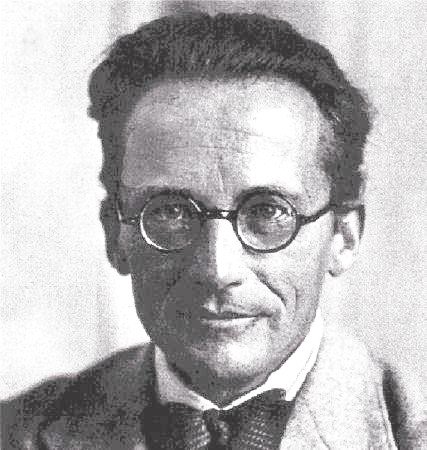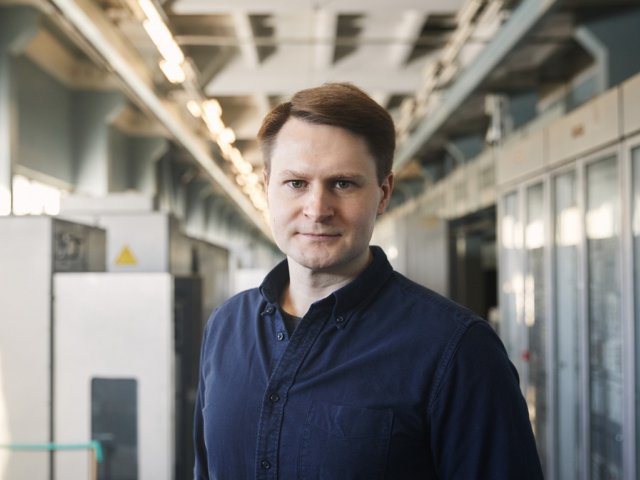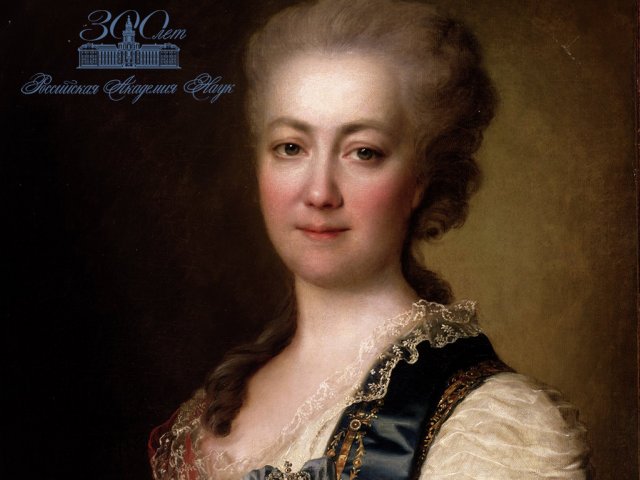Official:
Erwin Rudolf Josef Alexander Schrodinger. August 12, 1887 – January 4, 1961. Austrian theoretical physicist, one of the founders of quantum mechanics. Nobel laureate in Physics.
Life and Work:
1. In his native Austria, Schrodinger is counted among the nation's main celebrities, along with Mozart and Freud. Sadly, the evidence of that glory is no longer in circulation, as today Austria has adopted the Euro. But in the past, Schrodinger's portrait was shown on the 1000 Austrian Schilling banknote.
2. A remarkable son of Austria, Schrodinger was born in 1887 in the capital, Vienna. After graduating from the standard classical gymnasium, he enrolled to the University of Vienna.
3. Schrodinger never got to meet Ludwig Boltzmann at the University: he committed suicide the same year Schrodinger was admitted. But thanks to Boltzmann, the University of Vienna had already become a major center of physics, and his students had greatly influenced Schrodinger's scientific leanings.
4. “His line of thought may be called my first love in science. No other has ever thus enraptured me or will ever do so again,” wrote Schrodinger later about Boltzmann's ideas.
5. Just before the First World War, Erwin Schrodinger was drafted into the army. But he was lucky and did not get killed on the battlefield, unlike his teacher Friedrich Hasenohrl. Schrodinger served as an artillery officer in a quiet sector of the front where he could continue pursuing physics. Without abandoning his cannons, he read Einstein's papers on general relativity and by the end of the war published a couple of his own papers on the subject.
6. World fame and the Nobel Prize, shared with Paul Dirac, came to Schrodinger through his works on quantum theory. His colleague, Max Born said of Schrodinger, “What is more magnificent in theoretical physics than his first six papers on wave mechanics?” Indeed, there is little that can compare to his wave equation of matter that later came to be known as the Schrodinger equation, except perhaps Newton's equations for classical mechanics.
7. Even people who know little about physics have heard something about a Schrodinger cat. When Erwin Schrodinger decided to demonstrate the incomplete nature of quantum mechanics in the transition from subatomic to macroscopic systems, he carried out a thought experiment that used a cat, which has become known as Schrodinger's cat.
The original paper by Schrodinger describes the experiment as follows (from wikipedia.org): One can even set up quite ridiculous cases. A cat is penned up in a steel chamber, along with the following device (which must be secured against direct interference by the cat): in a Geiger counter, there is a tiny bit of radioactive substance, so small, that perhaps in the course of the hour one of the atoms decays, but also, with equal probability, perhaps none; if it happens, the counter tube discharges and through a relay releases a hammer that shatters a small flask of hydrocyanic acid. If one has left this entire system to itself for an hour, one would say that the cat still lives if meanwhile no atom has decayed. The first atomic decay would have poisoned it. The psi-function of the entire system would express this by having in it the living and dead cat (pardon the expression) mixed or smeared out in equal parts. It is typical of these cases that an indeterminacy originally restricted to the atomic domain becomes transformed into macroscopic indeterminacy, which can then be resolved by direct observation. That prevents us from so naïvely accepting as valid a “blurred model” for representing reality. In itself, it would not embody anything unclear or contradictory. There is a difference between a shaky or out-of-focus photograph and a snapshot of clouds and fog banks.
8. Ever since, the cat that is simultaneously alive and dead has been used by all parties imaginable: science fiction writers, film directors, writers for TV shows and computer games! Schrodinger's cat even became the source of the metaphor of “Schrodinger's terrorists,” meaning that they cannot be known for certain to be living or having been killed.
9. After Hitler came to power, Schrodinger chose to leave Germany, where at that time he was a Professor of Theoretical Physics at the University of Berlin. He disliked nazism, but did not want to get involved in politics. Schrodinger explained his departure for Oxford as follows, “I could not stand being bothered with politics.”
10. Schrodinger spent his whole life with his wife, but the marriage was childless and open. He is known to have had illegitimate children and essentially a second wife. The English society in Oxford found this lifestyle shocking, and Schrodinger never felt at home there.
11. He moved from the inhospitable Oxford to Ireland and worked in Dublin until Austria was once again an independent state. Nearly seventy years old, Schrodinger returned to his homeland.
12. In 1956, the Austrian Academy of Sciences created the Erwin Schrodinger Prize. It was first awarded to its namesake, Erwin Schrodinger.
13. Schrodinger was, among other things, a thinker, knew six languages and read philosophers in their original languages. The long list of his works includes a study at the intersection of biology and physics titled “What Is Life? The Physical Aspect of the Living Cell.” And here is Schrodinger's answer: “The work of a coherent system that lowers its own entropy while increasing the entropy of its surroundings.”






















